THIS ARTICLE IS MORE THAN FIVE YEARS OLD
This article is more than five years old. Autism research — and science in general — is constantly evolving, so older articles may contain information or theories that have been reevaluated since their original publication date.
This year’s list of top papers highlights nuances in the genetics of autism and new leads on early treatment.
Each year, we ask autism researchers to weigh in on the year’s most ‘notable papers’ — studies that changed the way we think about autism. We then count the votes and pick 10 winners.
In 2017, researchers dove into whole-genome sequences from people with autism and uncovered mutations associated with the condition. They also learned more about the contribution of ‘mosaic’ mutations, which affect only a subset of the body’s cells.
Brain imaging and gaze studies hinted at new biomarkers for autism in infants, raising the possibility of intervening earlier than ever. And two treatments — the hormone oxytocin and a training program for parents — showed promise in clinical trials.
Here, in reverse chronological order, are the year’s most transformative papers:
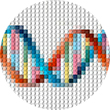 1. Sizeable fraction of autism risk traced to ‘mosaic’ mutations and Large study shines spotlight on ‘mosaic’ mutations in autism
1. Sizeable fraction of autism risk traced to ‘mosaic’ mutations and Large study shines spotlight on ‘mosaic’ mutations in autism
Learn more about these two papers in our Journal club webinar on mosaic mutations in autism.
Mutations that appear in only some of the body’s cells play a bigger role in autism than previously thought. Some mutations associated with autism that were thought to arise spontaneously are actually inherited from parents, who are mosaic for the mutations themselves.
Krupp D.R. et al. Am. J. Hum. Genet. 101, 369-390 (2017) PubMed
Lim E.T. et al. Nat. Neurosci. 20, 1217-1224 (2017) PubMed
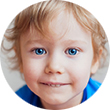 2. Genetics guides gaze during social interactions, study finds
2. Genetics guides gaze during social interactions, study finds
The tendency of people with autism to avoid eye contact is rooted in genetics. This finding suggests that social-gaze patterns are heritable and may serve as an early marker of autism.
Constantino J.N. et al. Nature 547, 340-344 PubMed
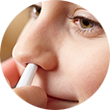 3. Oxytocin spray boosts social skills in children with autism
3. Oxytocin spray boosts social skills in children with autism
Treatment with the hormone oxytocin, also known as the ‘love hormone,’ boosts social skills in some children with autism. Children with low levels of the hormone show the biggest improvement.
Parker K.J. et al. Proc. Natl. Acad. Sci. USA 114, 8119-8124 PubMed
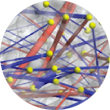
4. Brain scans may forecast autism in high-risk infants
Patterns of brain activity in 6-month-old babies accurately predict which of them will be diagnosed with autism at age 2. The findings hint at the possibility of using brain scans to detect autism in infants.
Emerson R.W. et al. Sci. Transl. Med. 9, eaag2882 (2017) PubMed
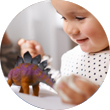 5. Parents’ interactions with infants may alleviate autism features
5. Parents’ interactions with infants may alleviate autism features
Teaching parents to respond to cues from babies at high risk of autism eases the severity of autism features at age 3. The finding suggests interventions aimed at parents can spark lasting gains in children.
Green J. et al. J. Child Psychol. Psychiatry 58, 1330-1340 (2017) PubMed
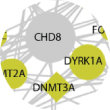 6. Sequencing thousands of whole genomes yields new autism genes
6. Sequencing thousands of whole genomes yields new autism genes
An analysis of whole-genome sequences from more than 5,000 people has unearthed 18 new candidate genes for autism. Most of the new candidates play roles in cellular processes already implicated in autism and intellectual disability, and some point to possible new treatments.
Yuen R.K. et al. Nat. Neurosci. 20, 602-611 (2017) PubMed
 7. Parental origin may alter gene copies’ expression in brain
7. Parental origin may alter gene copies’ expression in brain
Some neurons preferentially express the copy of a gene inherited from one parent over that inherited from the other, according to research in mice and monkeys. The findings challenge the long-held assumption that most cells express both copies of a gene equally.
Huang W.C. et al. Neuron 93, 1094-1109 (2017) PubMed
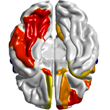 8. Rapid brain growth in infancy may signal autism
8. Rapid brain growth in infancy may signal autism
The faster the brains of children with autism grow in their first year of life, the more severe their autism features are likely to be at age 2. Doctors might one day use brain growth in infancy to predict whether a child has autism.
Hazlett H.C. et al. Nature 542, 348-351 (2017) PubMed
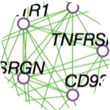 9. Diverse causes of autism converge on common gene signature
9. Diverse causes of autism converge on common gene signature
The brains of people with autism have a distinct molecular signature, according to the largest-yet postmortem study of people with the condition. The signature reflects alterations in how genes are pieced together and expressed.
Parikshak N.N. et al. Nature 540, 423-427 (2016) PubMed
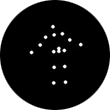 10. Brain scans may forecast effectiveness of autism treatment
10. Brain scans may forecast effectiveness of autism treatment
Patterns of activity in the social brain predict how much a child’s autism features will improve after a behavioral therapy called pivotal response treatment. The findings hint that brain scans could help clinicians select the most promising treatment for a child with autism.
Yang D. et al. Transl. Psychiatry 6, e948 (2016) PubMed
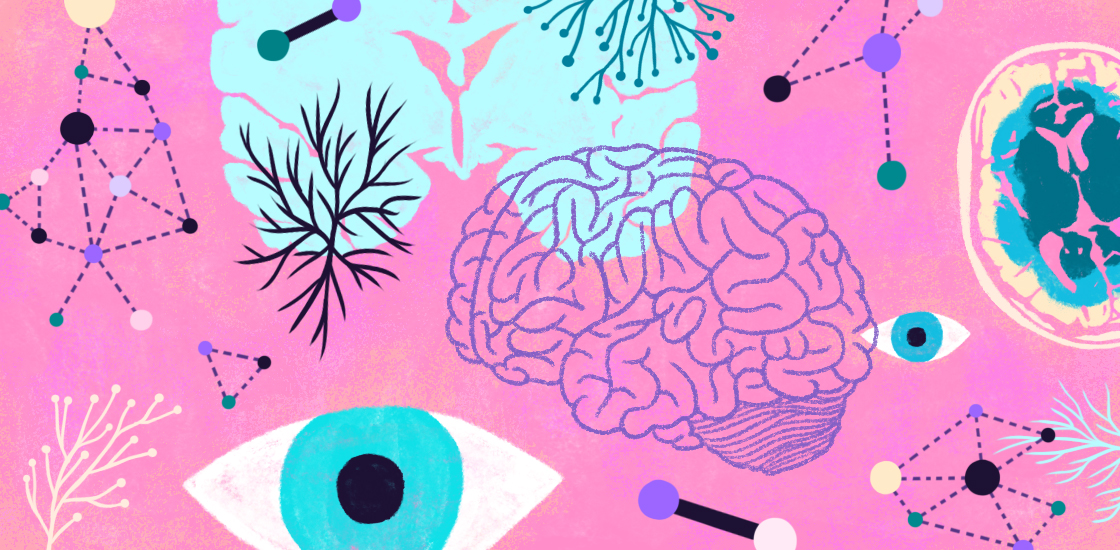
By joining the discussion, you agree to our privacy policy.